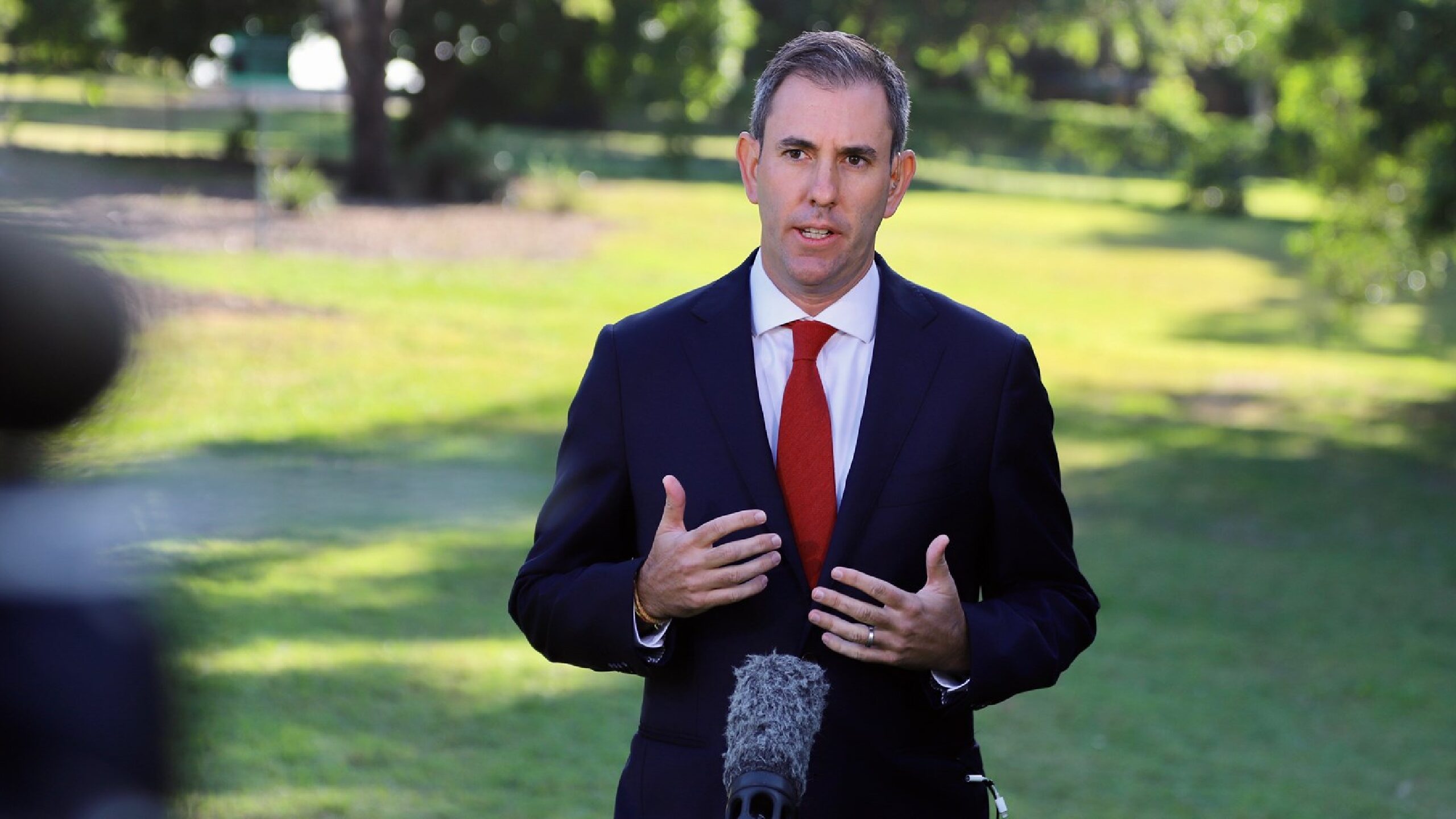Unemployment hits 3.5%, gives RBA green light to keep hiking

Australia’s unemployment rate has fallen to a historic 48-year low of 3.5 per cent buoyed by an exceptionally tight labour market.
The number of employed people and participation has never been higher. Illustrating the tightness of labour supply, there is currently one job vacancy for every unemployed worker in Australia per the Australian Bureau of Statistics.
88,400 jobs were added in June, bringing the total number of employed Australians to 13.6 million. Compared to the same month last year, the number of unemployed people has fallen by 27.6 per cent.
Zooming out further, the unemployment rate is down 1.7 per cent from the 5.2 per cent reading recorded in March 2020.
If rampant inflation and rising interest rates weren’t occupying all the headlines, most would conclude the Australian economy is absolutely humming.
The result underscores the pressure businesses are under to hire and retain talent. Labour cost growth rose 3.6 per cent in quarterly terms in the latest NAB Monthly Business Survey.
It also highlights the need for government to fast-track immigration arrivals and encourage training for skilled labour positions.
Interestingly, the underemployment rate increased to 6.1 per cent. Given the number of job vacancies, this suggests a potential mismatch between available roles and the skills and wants of workers.
The participation rate – which measures the number of workers compared to the total working age population – increased marginally to 66.8 per cent.
The increase has been led by an uptick in women joining the labour force. The number of males remained in with past results.
Despite the fall in unemployment, people worked fewer hours due to illness. Ongoing COVID-19 cases and elevated influenza infections continue to be a risk during winter.
The strong labour figures will reassure the Reserve Bank of Australia that the economy is match fit to weather further increases in the cash rate. As long as households remain employed, the likelihood of mortgage stress remains extremely low – even if rising debt payments inflation is reducing purchasing power.
However, if the United States is anything to go by, the robust job data may be reaching a peak. Google this week said it would slow hiring, while a multitude of tech companies have laid off staff including Netflix.
Moreover, domestic household confidence fell in June to crisis-time levels. It’s possible this is a leading indicator for a future economic downturn as workers tighten their belts and reign in spending.










